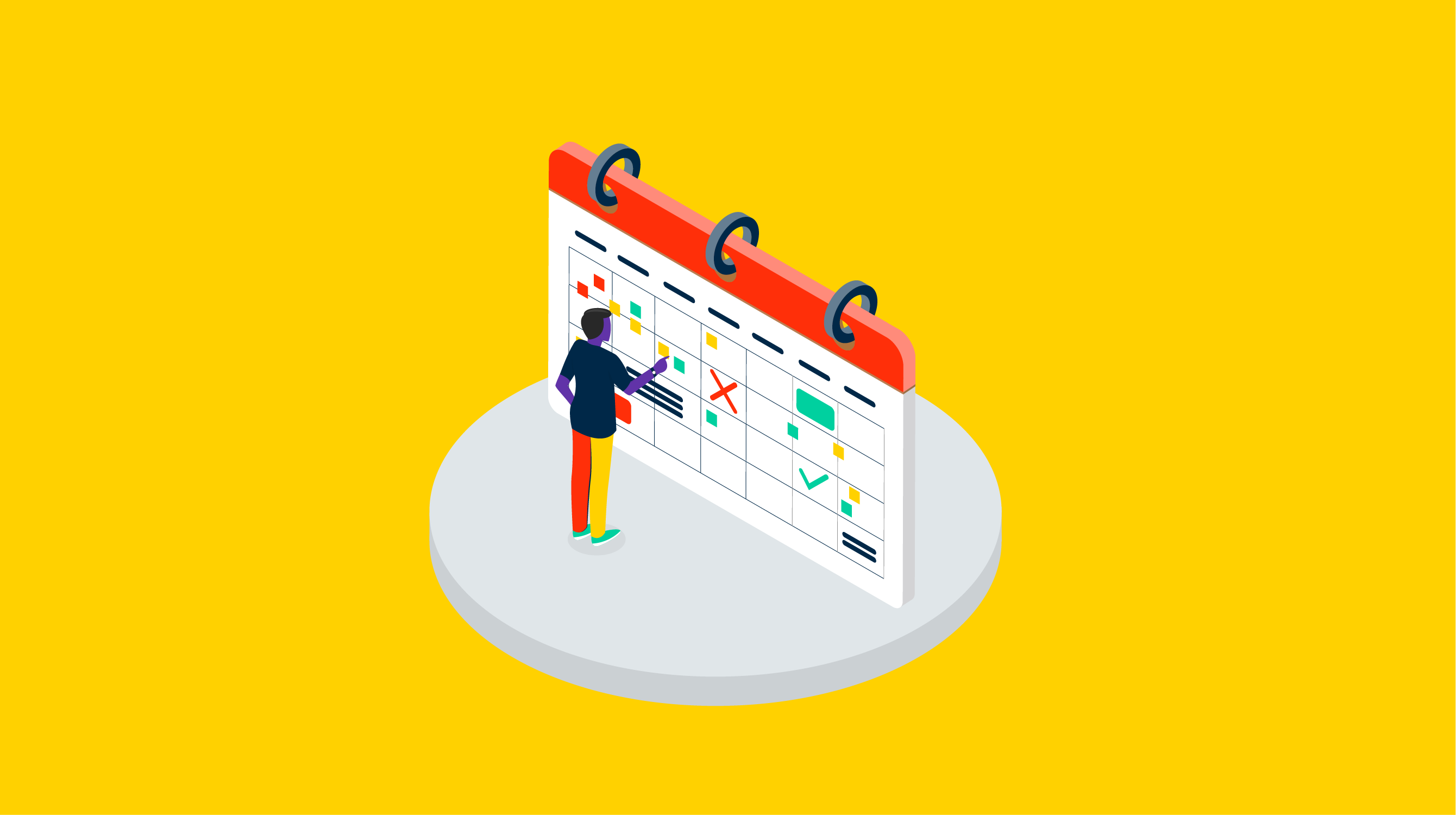What is a needs assessment?
A needs assessment is a systematic approach to determining and assessing the gaps between the current business conditions and the desired business conditions.
A need can reflect a company’s desire to improve current performance or bridge a deficiency in existing performance. Businesses need to analyze their current conditions carefully and measure discrepancies with desired conditions to identify their specific needs.
Needs assessments are a part of the planning process in an organization. They improve and refine processes associated with projects like training, support, and sales to achieve desired outcomes. Businesses can use project management software to conduct seamless needs assessments while planning or optimizing multiple projects.
The needs assessment process helps businesses by enabling them to:
- Gain clarity over problems and come up with possible solutions or interventions
- Allocate finite resources to implement a potential solution
- Accumulate ends-focused data associated with potential solutions and select the best process to address business needs
Types of needs assessments
Based on the research scope, needs assessment is divided into two categories:
- Extensive needs assessment: The research scope is wide and covers a large population. For example, strengths, weaknesses, opportunities, and threats (SWOT) analysis.
- Intensive needs assessment: The research scope is narrow but involves a detailed and in-depth analysis of one or more cases.
Once an organization identifies its needs with an extensive needs assessment, the intensive needs assessment is performed to rank the identified needs. It helps organizations decide the priority of addressing needs.
There are three types of organizational needs assessment:
- Strategic needs assessment focuses on the external needs of an organization and ensures alignment of needs assessment goals with organizational objectives.
- Tactical needs assessment concentrates on organizational performance assessment and contributions and aligns corporate objectives with projects and programs.
- Operational needs assessment centers attention on individual or team performance goals and guides pragmatic learning plans.
Benefits of a needs assessment
Needs assessment offers multiple advantages to organizations:
- Helps businesses evaluate current performance and take desired steps to enhance future performance
- Enables organizations to accumulate performance information in one place and make informed decisions
- Allows companies to identify needs that should be addressed in priority
- Facilitates creation of a development plan toward improved performance based on results of needs assessment
- Builds credibility with stakeholders as the development plan is based on concrete data associated with the present business condition
Stages of a need assessment
Businesses need to go through three stages of needs assessment to identify their needs, prioritize them and recognize potential solutions to achieve desired results.
1. Initiation
The initiation stage of needs assessment includes the following processes:
- Validating the presence of an issue and identifying the audience
- Identifying current conditions and articulating desired results
- Establishing a planning team to set goals to achieve the desired outcomes
- Searching for information associated with the process of reaching the desired outcomes
2. Data collection and analysis
Data collection and analysis is the second stage in the needs assessment process. It involves the following steps:
- Setting up of data collection methods, determining the sampling scheme, and testing data collection tools
- Performing PEST (political, economic, social, and technological) analysis to examine the external factors from a broad vantage point helps identify the roadblocks in the organization’s environment
- Performing SWOT analysis to collect data associated with strengths and weaknesses (internal to a company) and threats and opportunities (external to the company)
- Reviewing PEST results to get an overview of the bigger picture and reviewing SWOT results to identify areas of success and concerns.
- Analyzing the data collected
- Conducting an intensive needs assessment, if required, to set a priority in addressing identified needs
3. Reporting
The reporting stage of needs assessment includes the following processes:
- Identifying needs based on detailed data analysis
- Accumulating all insights in one place and documenting the organization’s needs
- Summarizing the findings on needs assessment
- Making recommendations on execution strategy to achieve the desired result, driving forces that should be strengthened, restraining forces that should be limited, and other related parameters to reach the desired state
Needs assessment best practices
Best practices while conducting needs assessment are as follows:
- Use multiple data collection sources: Gain a complete understanding of the circumstance by collecting data through various sources. It helps in identifying someone or something who or which might be the root cause of the issue.
- Be consistent with questions: A slight restructuring of questions can lead to a variety of interpretations. It’s essential to ask the same questions to all stakeholders.
- Select the best data collection tool: Consider the environment, industry, timeline, people, and other relevant factors to identify the best data collection tools. If the tool isn’t in line with the company’s data collection methodology, it’d be challenging to acquire the data essential for the needs assessment process.
- Provide clarity on the ideal state: Organizations should provide a clear and precise view of the ideal state. It helps identify the gap between the current and ideal state, enabling companies to bridge the gap by fulfilling relevant needs identified through a needs assessment.
Needs assessment vs. needs analysis
Needs assessment is an approach to identify gaps in the current state and desired state in an organization. Companies perform a needs assessment to improve their present performance or overcome a deficiency in their existing performance. The process involves evaluating needs and prioritizing them based on various factors such as an organization’s mission, vision, and goals.
Needs analysis is a process of analyzing the gaps discovered during the needs assessment to gain a robust understanding of all attributes associated with it.

Sagar Joshi
Sagar Joshi is a former content marketing specialist at G2 in India. He is an engineer with a keen interest in data analytics and cybersecurity. He writes about topics related to them. You can find him reading books, learning a new language, or playing pool in his free time.




















